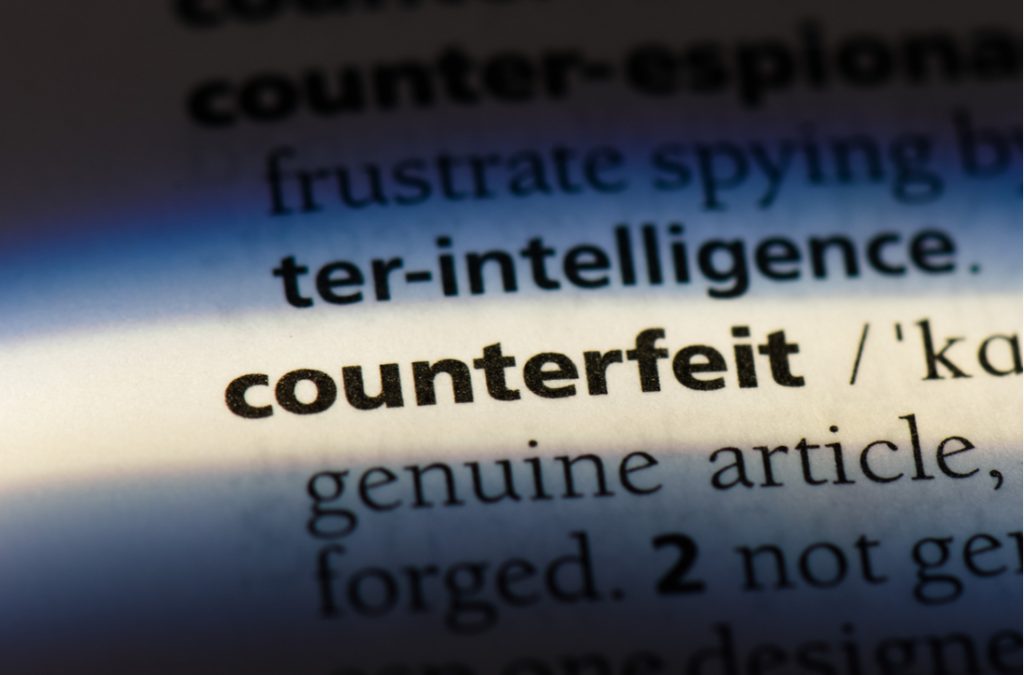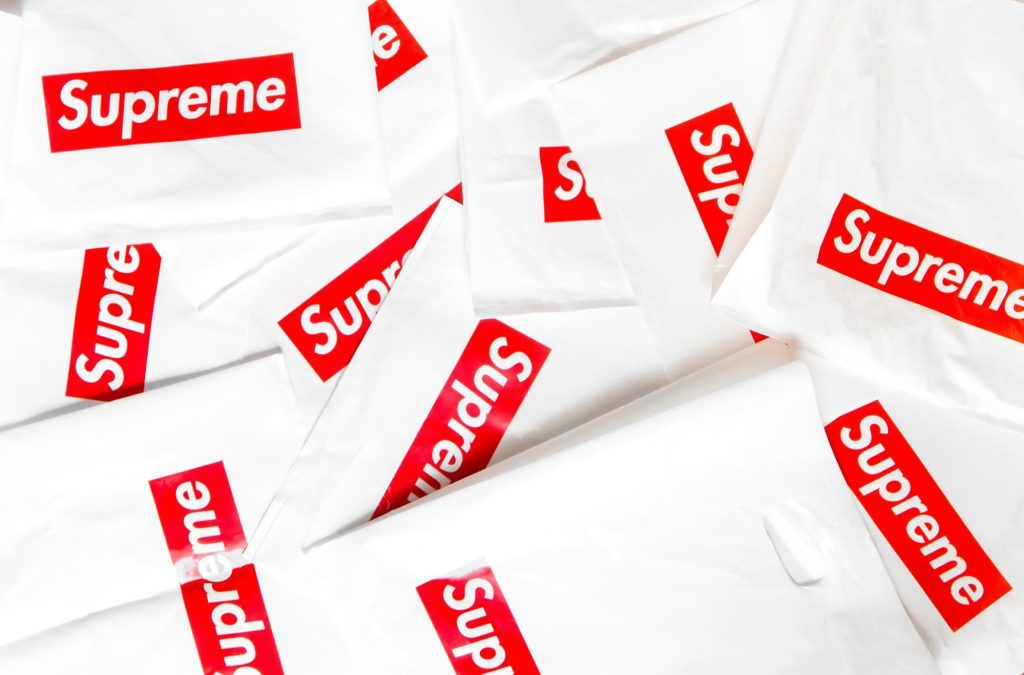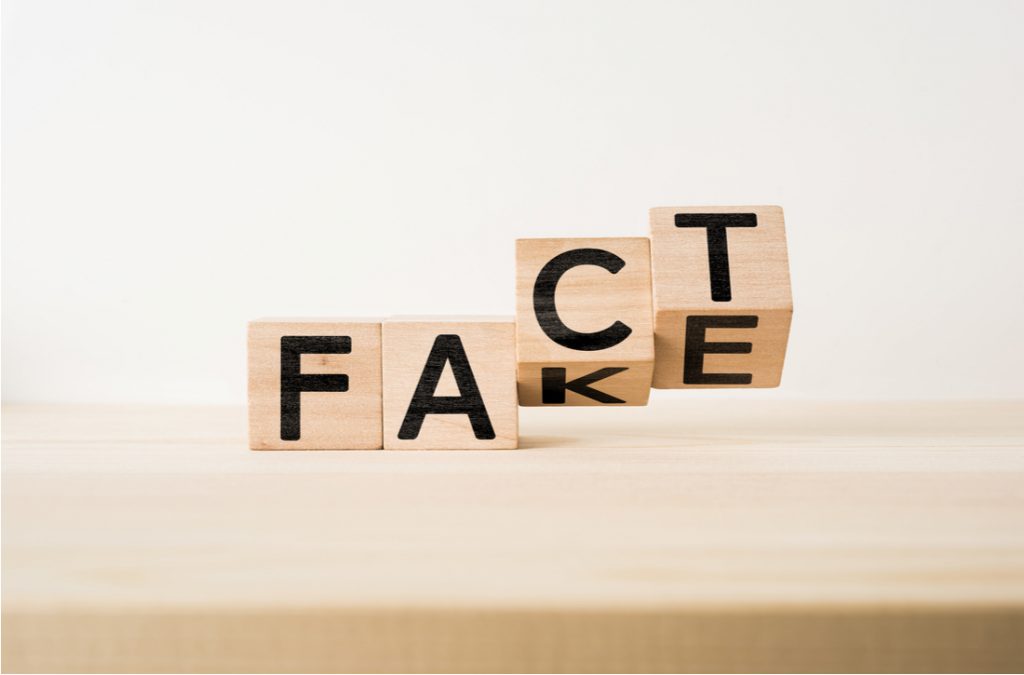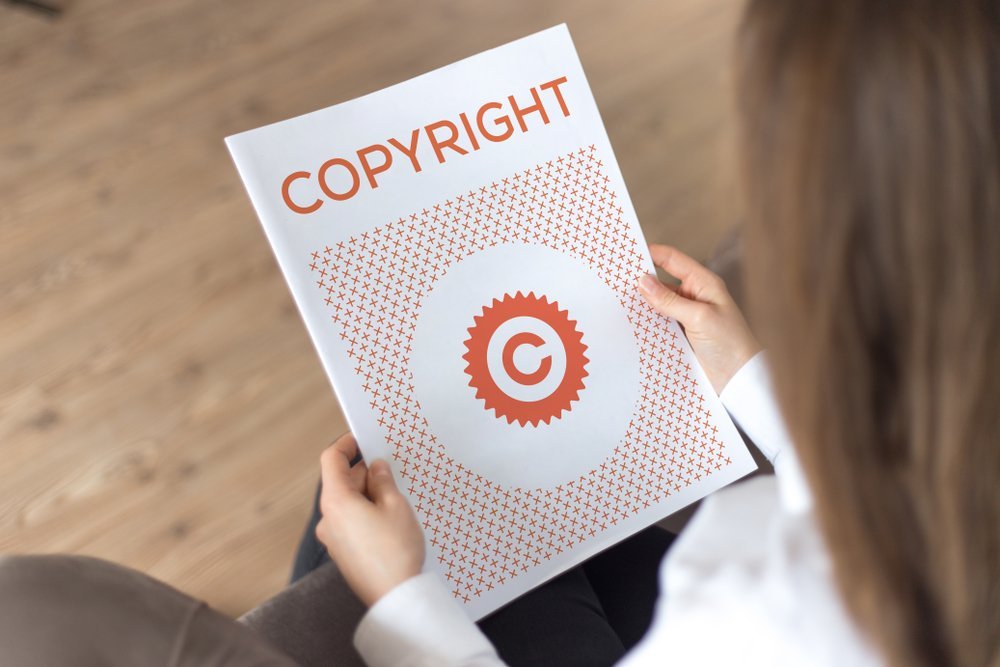What are Legal Fakes?

A “legal fake” occurs when impostors take advantage of loopholes in trademark law to manufacture an imitation of another company’s product and market it as their own. But it’s more than just passing off fake products—companies that secure pseudo-ownership of a trademark can impersonate a brand on many levels, from claiming the logo as their own, to merchandising with business owners, to opening their very own retail shop.
The producers of legal fakes are operating “legally” insofar as they’re exploiting flaws and ambiguities in existing legal frameworks. For example, some countries award trademarks to the first entity to register for the rights, without needing evidence of actual use; counterfeiters take full advantage of this to file their target trademarks, then they start manufacturing and marketing products that are remarkably similar to the originals.
How Are Legal Fakes Formed?
The fashion industry has always been full of counterfeiters, but few have taken it as far as International Brand Firm (IBF), which has made notoriously concerted attempts to co-opt the logo, merchandise and overall brand identity of the iconic streetwear label Supreme (more on this later).
Still, there have been controversies around legal fakes before this case—and after it. Back in 2013, copycats filed for their own Boy London trademarks overseas, creating Boy London Italia. Supreme Italia began operations in 2015. And then Palace, which is known for creating collections in limited quantities just like Supreme, started facing its own legal fakes in 2017—along with brands such as Thrasher, Kits and Vetements.
So why is the fashion industry ground zero for these dark doppelgängers? Well for starters, there’s a multi-billion dollar underground market for knockoff luxury goods. But beyond that, clothing and accessories are generally protected by trademarks rather than patents, which means that any company looking to make “legal fakes” has fewer regulations to get around.
Registering for Legal Fakes: First to Use vs. First to File
Counterfeiters who are profiting off of legal fakes today are doing so without much trouble simply because trademark law isn’t the same across all jurisdictions. The U.S., Australia and Singapore, for instance, award trademarks to the first brand to use them, while others, such as Spain and Italy, award trademarks to the first to file. And unfortunately, once the makers of copycat merchandise have the trademark rights in first-to-file nations, there’s nothing stopping them from building a shady business.
You would hope that common sense would prevail in these instances; that arbitrators and regulators would take one look at the legal fakes and say, “This is fraud, this is wrong, you’re obviously ripping someone off.” But the legal process is, well, a process.
Case Study: Supreme Italia

Supreme’s problems began in 2015. A limited company was founded in the U.K., calling themselves “International Brand Firm”, and quickly began registering and licensing the Supreme trademark in European countries that award rights to the first to file. It wasn’t long before Supreme Italia came into being.
The real Supreme hit back: Chapter 4 Corp., which is the company behind the Supreme New York brand, took IBF to court, where the Business Specialized Division of the Court of Milan ruled in their favor, deciding that IBF’s use of an identical sign on identical products constituted “unlawful activity of parasitic unfair competition.” Parasitic is right.
Things were looking rosy at first: IBF was ordered to stop trading and Supreme Italia warehouses were raided by police (120,000 products were seized in San Marino alone). But then things took a turn.
First, when IBF lost Italy, they simply fled to Spain. They had filed for Supreme’s trademark there as well, and opened four brand new brick-and-mortar stores in Madrid, Barcelona, Ibiza and Formentera. With these specimens of use backing up IBF, Supreme New York failed in the Spanish courts.
By early 2018, IBF claimed to have secured the “Supreme” trademark in 54 countries, having registered the name with the World Intellectual Property Organization for markets across Asia, setting their sights on China in particular.
Then another blow came for Supreme New York a few months later: the European Intellectual Property Office (EUIPO) decided that the name “Supreme” was a “descriptive” and “laudatory” term that wasn’t distinctive enough to be trademarked broadly across the entire E.U. So Chapter 4 tried to trademark “SUP”, but that was shot down as well. As a result, the Court of Milan’s rulings had to be annulled, and the confiscated products returned.
Case closed? Not exactly. Every decision made in Italy, Spain and the larger E.U. has been subject to appeal, and while Supreme Italia’s products are no longer seized, there are still significant barriers to them doing business until this whole ordeal is sorted out.
The same ambiguities are playing out in Asia: though Supreme Italia made headlines in late 2018 when they pretended to be Supreme New York in collaboration with Samsung, the project was cancelled, and the IBF’s so-called “flagship stores” in Beijing and Shanghai are not yet authorized to operate.
There was some initial buzz about the fake Supreme opening a fake Supreme store—but in fact, the “shoppers” were bloggers who had been invited to see the location, the people who were photographed queuing outside had allegedly been paid to stand there and nothing was actually bought. Still, IBF is looking on the bright side, and over the next two years, they intend to launch around 70 new stores worldwide.
We’ll see about that…
Fake News About Legal Fakes

Before you start telling your friends and co-workers about the strange case of the counterfeiters who went above-board, don’t lose sight of the fact that the jury is still out (literally and figuratively) on whether or not legal fakes are actually considered “legal”.
Some argue that the term only serves the interests of IBF and its ilk, and that it was nowhere to be found in the lingo of law before websites like thestreetwearmagazine.com started obsessively covering the Supreme Italia sensation.
And when you look at the site (you can, but honestly, don’t bother), it seems kinda biased in favor of the fake Supremes…Oh, and surprise, surprise, turns out it was set up by the same sketchy dude who founded IBF. So be careful whose story you believe, and be wary of how you use a term that could be loaded with its own agenda.
Can Common Sense Still Prevail?
Yes, but nothing is certain. The Court of Milan did rule that even without advertising or physical stores in Italy, the real Supreme is famous enough for the name to merit a “secondary meaning”, functioning as a de facto trademark. If this can strengthen Chapter 4’s appeal of EUIPO’s earlier decision, it could effectively stop counterfeiters from trafficking their legal fakes in the E.U.
And there are established agreements in international trademark law that support Chapter 4’s case for this; for instance, one of the first intellectual property treaties, the Paris Convention, protects “well-known” marks in 177 counties, whether they have a local presence or not.
The uneven global trademark landscape—where you have to be the first to file in some geographies, but first to use in others—has long since led to problems such as squatting, where it’s possible to hold trademarks hostage by acquiring them before their proper owners. The same thing happens with cybersquatting, where profiteers purchase the domains of popular brands in hopes of a big payoff later. All the loopholes of international trademark law become a little bit bigger (or a lot) in today’s fast-paced digital marketplace and hyperconnected world.










